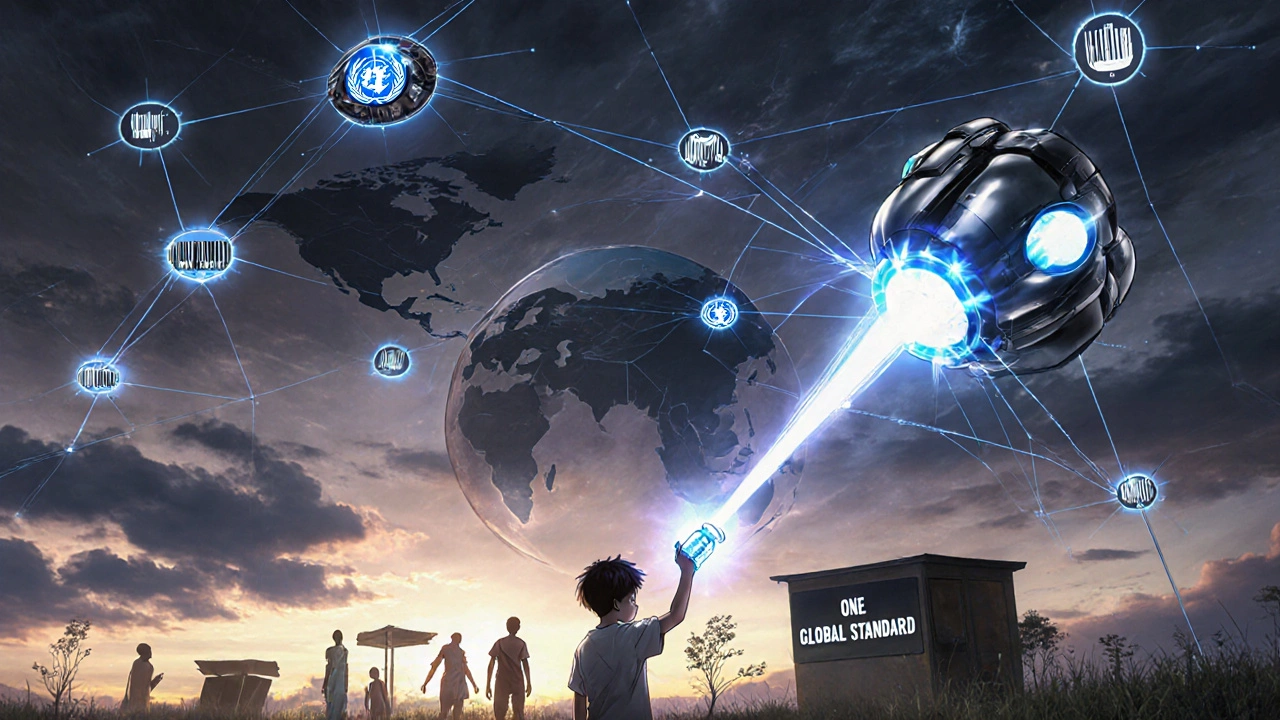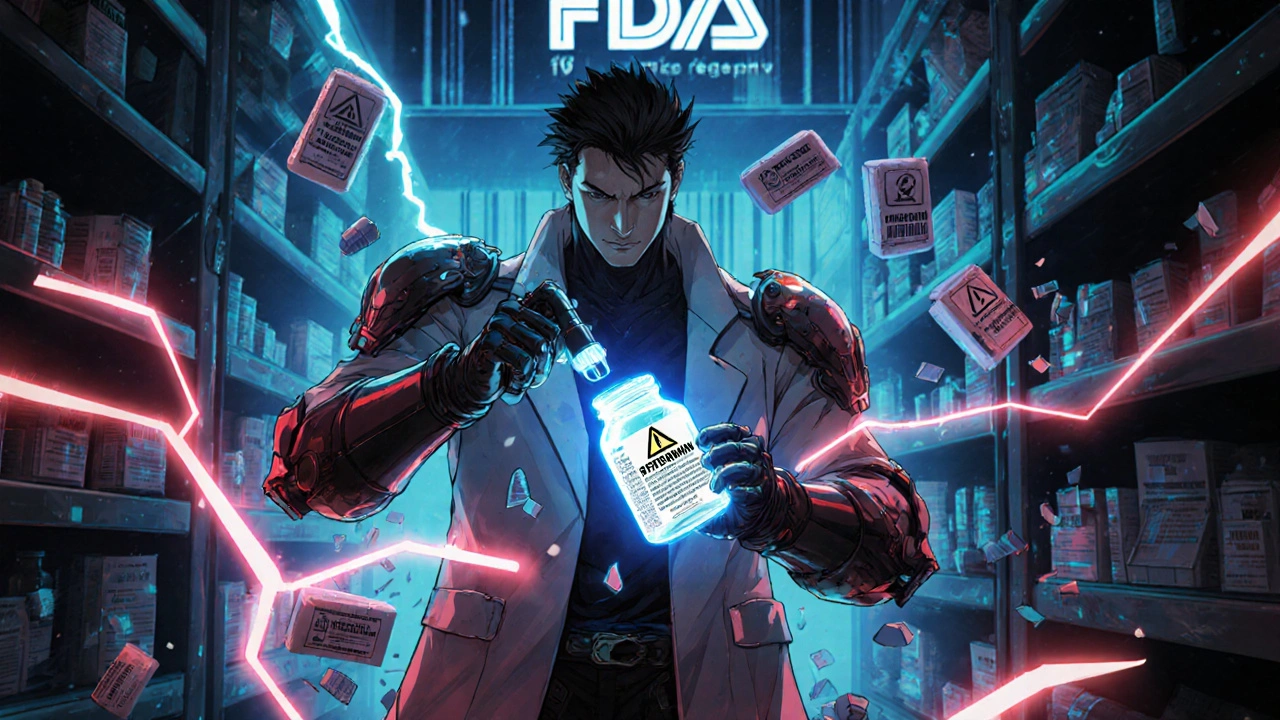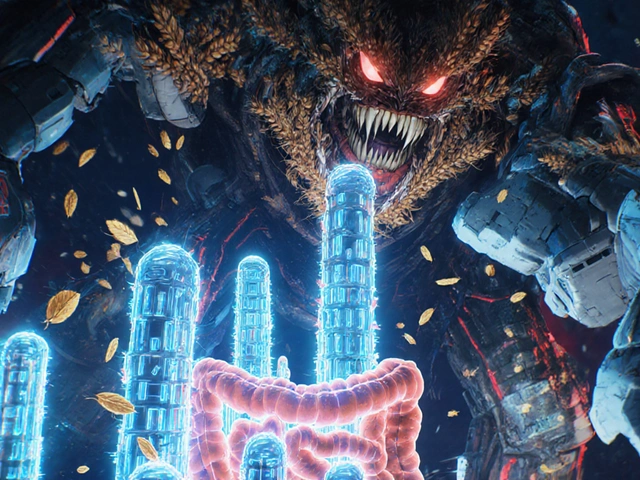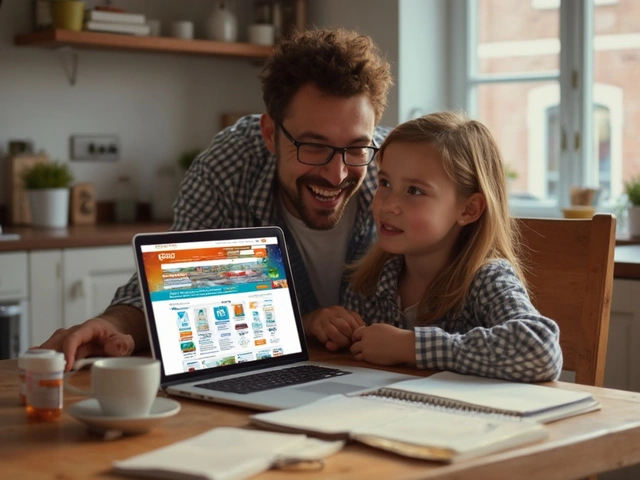Why generic medicine packaging can’t be trusted anymore
You pick up your generic metformin at the pharmacy. The bottle looks right. The label matches what you’ve seen before. But what if it’s fake? Counterfeit generic medicines are no longer rare exceptions-they’re a growing threat, especially as more people rely on low-cost alternatives. The World Health Organization estimates that up to 10% of medicines worldwide are fake, and in some regions, that number climbs to 30%. These aren’t just ineffective-they can kill. A single counterfeit pill might contain the wrong dose, toxic chemicals, or nothing at all. And the worst part? Many look identical to the real thing.
The three layers of fake drug detection
Verifying a generic medicine isn’t about one trick. It’s about stacking layers of defense. There are three types of security features used today: overt, covert, and track-and-trace.
Overt features are what you can see with your eyes. Think color-shifting ink, holograms, or special fonts. Pfizer’s Viagra packaging, for example, uses Optically Variable Ink that flips from green to blue when you tilt it. Many generic brands copy these, but they often get the details wrong. The hologram might be blurry. The font size on the expiration date might be slightly off. One pharmacist in Ohio told me she caught a fake version of Nexium® because the ‘9’ in the expiration year looked different. Took her three tries to spot it.
Covert features need a little help-like a UV light. Johnson & Johnson has used UV-sensitive ink on Tylenol packaging since 2015. Under a $15 handheld UV lamp, the real product shows a hidden logo or code. Fake ones? They either don’t glow at all, or they glow the wrong color. These features are harder to copy because counterfeiters don’t always know what’s hidden inside. But here’s the catch: you need the right tool. Most patients don’t carry UV lights. That’s why these are meant for pharmacists and inspectors, not consumers.
Track-and-trace is the most powerful layer. Every legitimate medicine box now has a unique serial number, usually in a 2D barcode. In the U.S., the Drug Supply Chain Security Act (DSCSA) made this mandatory by November 2023. In Europe, the Falsified Medicines Directive (FMD) has required it since 2019. When you scan the code, it checks against a central database. If the number doesn’t match, the drug is flagged. The European system handles over 2.5 billion scans a year with 99.998% uptime. But here’s the problem: many generic manufacturers don’t apply these codes consistently. A 2023 report found that 35-45% of generic medicines still lack proper serialization. So even if the system works, the product might not be ready for it.
What the experts use: Spectroscopy in the real world
Visual checks and barcodes can miss the real problem: the medicine inside might be fake. That’s where spectroscopy comes in.
Handheld devices like the Thermo Fisher TruScan® RM and B&W Tek NanoRam® use light to analyze the chemical makeup of a pill. They don’t need to open the bottle. Just point and scan. In 10-30 seconds, they tell you if the active ingredient matches the real drug. One pharmacist in Texas used a NanoRam® to test a batch of generic metformin that looked perfect. The device flagged it as fake-turns out, the pills were made with chalk and sugar. No metformin at all. That’s the kind of thing you can’t catch by looking.
NIR (Near-Infrared) spectroscopy is the most common tool because it’s cheaper and faster than Raman. It’s good at spotting differences in coating, moisture, or fillers. Raman works better for identifying specific chemicals, but it struggles with dark pills because of light interference. The FDA says these devices must be at least 95% accurate. Real-world results? Pharmacists using them report 94% satisfaction. But they’re expensive-$15,000 to $50,000 each. That’s why most small pharmacies can’t afford them.

Why generics are the weak link
Branded drugs have better packaging. They spend more on security because they have more to lose. Generic manufacturers? They’re competing on price. And when you’re squeezing every cent, security features are the first thing to cut.
According to the Generic Pharmaceutical Association, verification costs average 1.2-1.8% of revenue for generics, compared to 0.7-1.1% for branded drugs. That’s a big gap. So while a branded drug might have a hologram, UV ink, and a blockchain-verified serial code, a generic might only have a printed label and a barcode that’s not even linked to a database.
And the supply chain is longer. Branded drugs pass through 3-4 hands. Generics? 5-7. More stops mean more chances for tampering. A 2023 IQVIA report showed that 68% of community pharmacists find it harder to verify generics than branded ones. Why? Inconsistent security features (84% said this) and no reference samples to compare against (76%)-meaning they’re guessing if something looks right.
What you can do as a patient
You don’t need a $40,000 spectrometer to protect yourself. Here’s what works:
- Check the packaging-Compare it to your last bottle. Look for spelling errors, blurry logos, mismatched colors, or odd font sizes. Even small differences matter.
- Use a UV light-Buy a $10 UV pen from a pharmacy supply store. Shine it on the label. If nothing shows up, or if it glows a weird color, ask your pharmacist to verify it.
- Scan the barcode-Use apps like MediMark or the FDA’s BeSafeRx. But know this: they fail 40-50% of the time with generics because the codes aren’t always in the system.
- Ask your pharmacist-They’re trained to spot fakes. If you’re unsure, ask them to check the batch number with the manufacturer. Most have access to verification portals like Pfizer’s Authentication Portal, which responds within 24 hours.
- Buy from licensed pharmacies-Avoid online sellers that don’t require a prescription. The FDA says 96% of websites selling drugs without a prescription are illegal.

The future: AI, blockchain, and global standards
Things are changing. In 2024, the EU will require all generic medicines to have encrypted 2D codes that can’t be copied. The FDA is testing blockchain for generics in a pilot program with 12 manufacturers-so far, it’s 99.2% accurate. New handheld spectrometers are getting faster and cheaper. Thermo Fisher’s 2023 model cuts scan time to 5-15 seconds.
But the biggest challenge isn’t tech-it’s fairness. In sub-Saharan Africa, 80% of clinics can’t use track-and-trace systems because they lack internet or electricity. In India and Nigeria, mobile verification apps fail 35-40% of the time due to poor network coverage. Global health experts say no country can fix this alone. Fake drugs cross borders. A pill made in China might end up in a pharmacy in Brazil or Australia. That’s why the WHO is pushing for one global standard-not just for big pharma, but for generics too.
Bottom line: Don’t assume it’s safe
Generic medicines save lives-and money. But assuming they’re safe just because they’re cheap is dangerous. The system is improving, but it’s still broken in places. Your best defense? Stay alert. Check the packaging. Ask questions. Don’t be afraid to speak up if something looks off. One fake pill might not hurt you. But if you don’t catch it, someone else might take it next. And that’s when the real risk begins.






Post A Comment